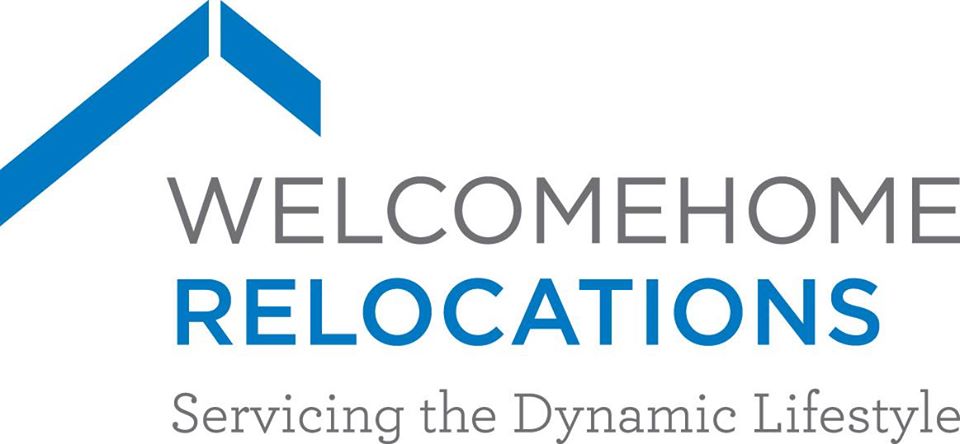Why has Canada become a popular destination for international students?
The Canadian education system continues to attract international students to its secondary and post-secondary schools. The rise in popularity from international students stems from the strong reputation that many Canadian schools, including the University of Toronto, University of Waterloo and the University of British Columbia, to name a few, have on an international scale. When thinking about the increased numbers of international students moving to cities across the country, many people question why international education is an appealing venture. What challenges do these students face when they begin studying here, and what types of programs and resources are in place to support these students when they first relocate to Canada?
A large portion of students who apply to Canadian schools are from China. There are multiple reasons why Chinese students decide to pursue their education in Canada, including safety, prestigious and highly-ranked (and lower costing) higher education destinations, advantageous immigration policies, as well as an easier (less stressful) application process in comparison to the Chinese system.
After speaking with a number of Chinese international students, it became apparent that the GaoKao, the National Higher Education Entrance Examination, taken in the senior year of high school, is a major influence that often contributes to one’s decision to apply to international schools. A student’s score on the GaoKao is said to be the most significant factor in determining whether a high school graduate will move on to receive an undergraduate education, an extremely competitive goal for many individuals in China. The pressure that parents and teachers place on students, combined with the pressure students put on themselves, can be very overwhelming.
In the face of these pressures, many students decide to come to Canada to complete 1-2 years of high school education before planning to apply to Canadian universities. Some students believe it is easier to apply and receive an offer of acceptance after having graduated with a provincial diploma, for example, an Ontario Secondary School Diploma. In addition, experience in the Canadian education system is also believed to provide the necessary foundation that will ensure students are prepared to move on to college or university studies. While there are strict language requirements for students whose second language is English, many students are willing to complete a language or foundation program at the post-secondary level with the hopes of moving into the undergraduate program of their choice once their language requirements have been met. In addition to the strict language requirements, tuition costs for international students are very high (over six times the amount) in comparison to domestic student rates, but are said to be less than other international destinations, such as the U.K, U.S.A, and Europe.
English language development and differences in teaching strategies account for two main challenges that international students experience upon their arrival to schools in Canada. Students arrive with varying English language abilities, and must often complete English as a Second Language courses before moving into mainstream English courses in high schools. In addition to focusing on high school courses, preparing to write an IELTS and TOEFL test, two popular English language tests used to assess language ability for post-secondary applications, can be stressful and time-consuming to prepare for. After-school and weekend preparation classes as well as private tutoring can contribute to a tight schedule, reducing the amount of time available to dedicate to extra-curricular involvement, volunteering and dedicated studying for high school courses, which combined, add to the overall competitiveness and appeal of a student’s application to post-secondary programs.
Many international students are very excited about the opportunity to live and study in some of Canada’s largest and most well-known cities. In some cases, students arrive on their own, leaving their families behind in their home country. It can be difficult and intimidating for some students to manage this type of transition – sometimes not knowing where to start, having the time to complete necessary tasks, or needing help getting things organized. William Jiang, an Architecture student at the University of Toronto, has many pieces of advice to provide to international students who choose to study in Canada. Jiang’s first suggestion is that students should prepare themselves for their arrival to a new country. He suggests focusing on building one’s confidence in their English language skills. A high level of confidence and comfort in one’s language foundation can assist in reducing the effects of culture shock that many individuals can experience. To assist in easing this transition, access to settling-in assistance can ensure students are prepared and ready for the start of the school year. With such a large investment placed on a student’s education in an international destination, ensuring that the student is prepared is imperative to ensuring a successful, smooth and easy transition and start to the year. This settling-in assistance needs to be reliable, supportive and customized to the needs of each international student. Welcomehome Relocations use their team of experienced and dedicated Relocation Specialists to assist students with this transition. Welcomehome’s services are in place to ensure students feel settled so they can focus their attention on achieving success in school.
A Reflection of Global Mobility in 2024
As the year comes to a close, let’s take a look at the key trends that influenced global mobility and employee relocation in 2024, and





